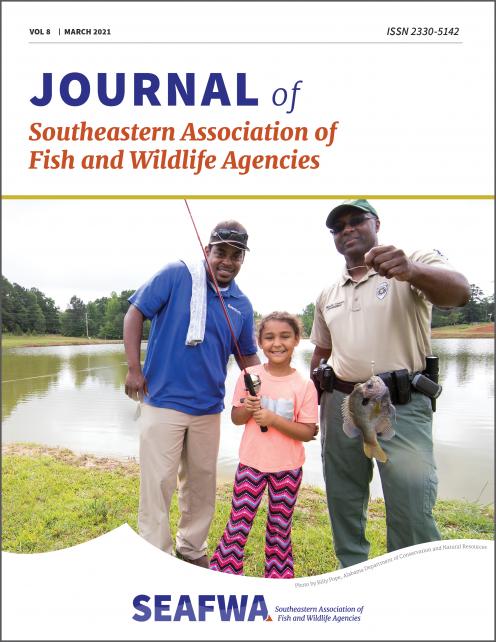Differences in Hunter Harvest Metrics by Survey Modes
We analyzed a three-year consolidated sample of Louisiana hunters’ responses to the Louisiana Game Harvest Surveys (LAGHS) distributed via email and mail in May following the 2016–2017, 2017–2018, and 2018–2019 hunting seasons. To determine whether the distribution modes pro- duced different results, both modes asked identical questions about hunting effort, harvest, and age. We used generalized linear mixed models to test hypotheses about hunters’ days hunted, harvest, representation of age classes, and effect of age-weighting (i.e., weighting responses based on the differ- ence in...
